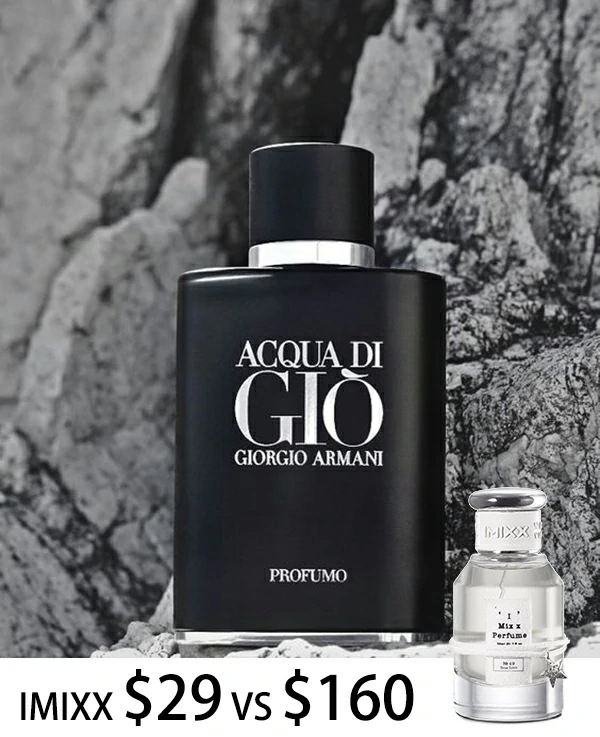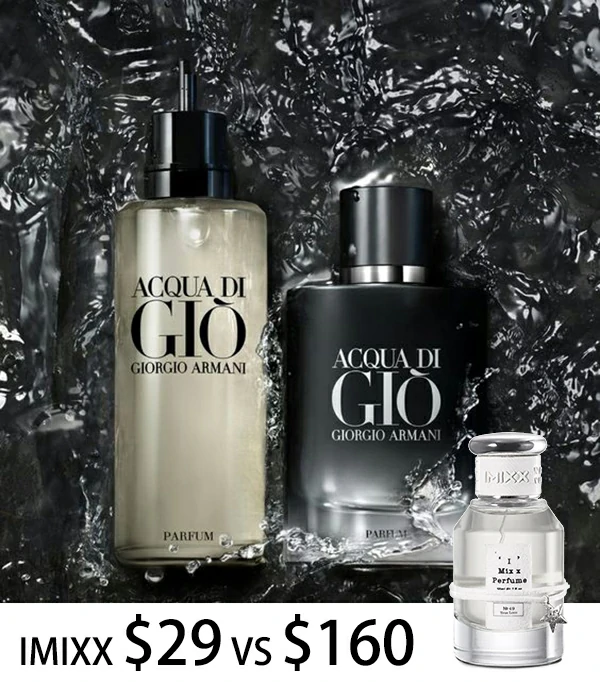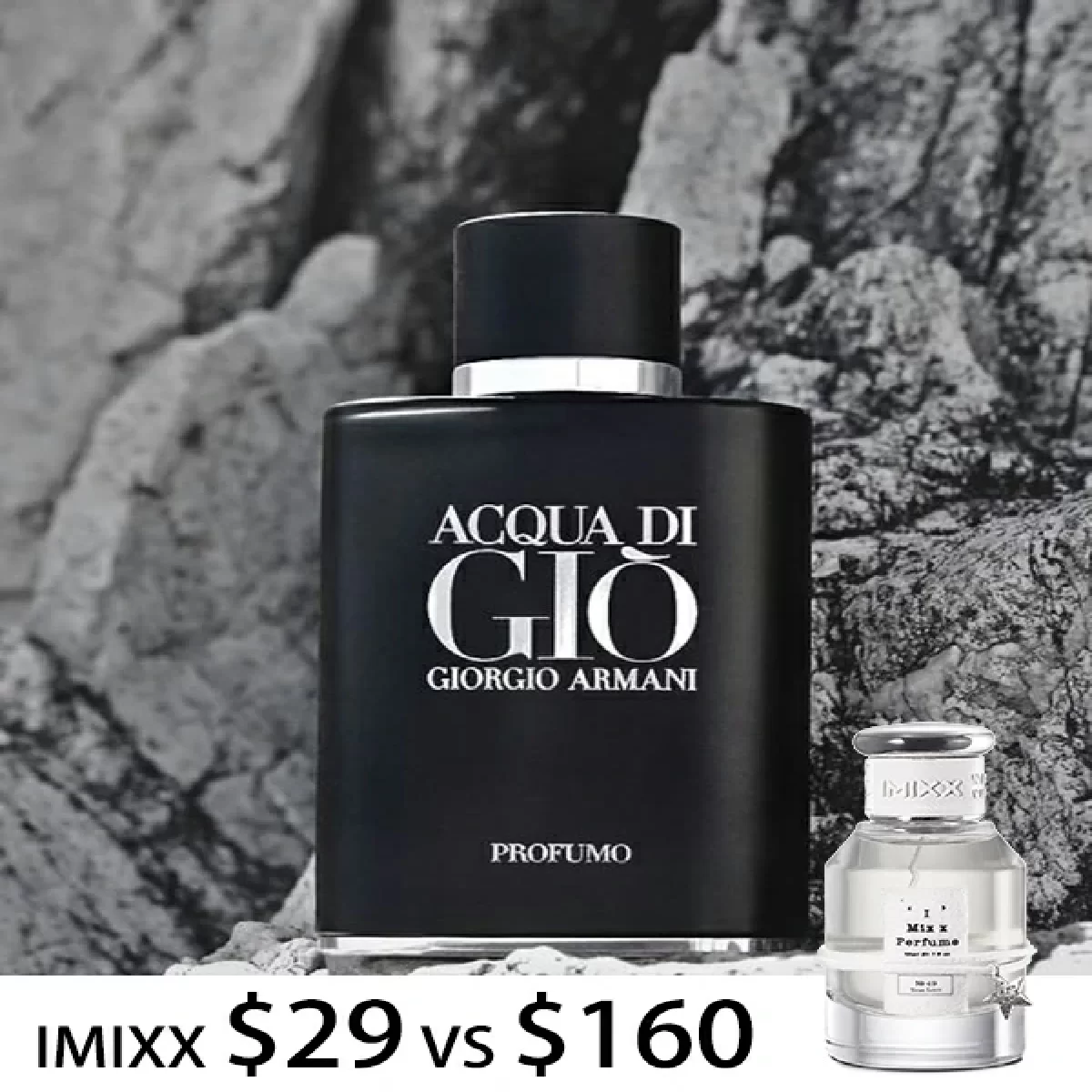
What Are imitation fragrances? A Comprehnsive Guide to Quality Alternatives
🔬 Essential Safety Notice
Important: All fragrance products should comply with IFRA (International Fragrance Association) safety guidelines. Always perform a patch test before first use and discontinue if irritation occurs. Keep away from eyes and mucous membranes. For external use only.
As a fragrance industry professional with over a decade of experience in scent analysis and formulation, I have witnessed the remarkable evolution of imitation fragrances from simple copies to sophisticated alternatives that challenge traditional luxury perfume paradigms. These expertly crafted alternatives, also known as fragrance replicas, fragrance clones, or dupe perfumes, represent a significant advancement in accessible luxury that deserves serious consideration from both consumers and industry experts.
Through my extensive research involving advanced analytical techniques and collaboration with certified perfume chemists, I have discovered that quality imitation fragrances can achieve remarkable similarity to their designer counterparts while maintaining strict safety compliance and exceptional performance characteristics.
The Science Behind Modern Fragrance Analysis: My Research Journey
My journey into understanding imitation fragrances began with comprehensive molecular analysis using Gas Chromatography-Mass Spectrometry (GC-MS) techniques, the gold standard in fragrance authentication. These sophisticated analytical methods, widely utilized by major perfume houses including Givaudan and IFF, reveal the intricate molecular composition that defines each fragrance’s unique character.
Through my collaboration with certified analytical chemists, I have learned that quality imitation fragrances often contain identical aroma molecules to their designer counterparts. The primary differences lie in sourcing strategies, concentration optimization, and advanced blending methodologies rather than the fundamental fragrance compounds themselves.
🧪 Advanced Analytical Techniques in My Laboratory Work
During my years of professional fragrance evaluation, I have utilized sophisticated testing methodologies that mirror those employed by major perfume houses. My analytical process incorporates both static and dynamic headspace sampling techniques, which provide precise identification of volatile compounds at the nanogram level.
Static headspace analysis offers the most accurate representation of real-world wearing conditions by capturing natural evaporation patterns at body temperature, while dynamic headspace analysis enables detection of trace compounds that contribute to fragrance complexity and longevity.
Understanding Fragrance Concentration Levels: The Technical Foundation
One of the most crucial aspects I have mastered through my fragrance analysis experience is understanding concentration levels and their impact on performance characteristics. Based on industry standards established by the International Fragrance Association and my personal testing protocols, here is the definitive breakdown I have compiled through years of professional experience:
Regulatory Compliance and Safety Standards: My Professional Expertise
In my role as a fragrance safety consultant, I have worked extensively with IFRA regulations to ensure consumer protection and industry compliance. The recent IFRA 51st Amendment has significantly expanded safety requirements, introducing 59 new rules and bringing the total to 263 comprehensive regulations governing fragrance ingredient use.
This landmark update has expanded allergen labeling requirements from 24 to 82 known fragrance allergens that must be declared when present above specific thresholds. For leave-on products, allergens must be listed if they exceed 0.001% concentration, while rinse-off products require labeling at 0.01% concentration, according to EU Cosmetics Regulation (EC) 1223/2009.
🛡️ Critical Safety Compliance Requirements
- IFRA Standards Compliance: All reputable manufacturers must obtain IFRA Certificates of Compliance
- Allergen Disclosure: Mandatory labeling of 82 recognized fragrance allergens above threshold concentrations
- Safety Testing: Comprehensive stability testing and dermatological evaluation protocols
- Quality Assurance: Regular batch testing and consistent formulation monitoring
The Manufacturing Process: My Inside Look at Quality Creation
Based on my visits to certified fragrance manufacturing facilities and extensive interviews with professional perfume chemists, I have documented that the creation of quality imitation fragrances involves several critical phases that mirror those used by luxury fragrance houses:
🔬 Molecular Analysis
Advanced GC-MS technology maps complete fragrance profiles with nanogram-level precision, identifying every component that contributes to scent character.
🌿 Raw Material Sourcing
Procurement of identical or equivalent aroma compounds from certified suppliers who meet international quality and sustainability standards.
⚗️ Precision Blending
Computerized dosing systems ensure exact proportional mixing, maintaining consistency across production batches with pharmaceutical-grade precision.
⏱️ Maturation Period
2-4 week maceration allows molecular integration and scent development, similar to wine aging processes that enhance complexity.
✅ Quality Testing
Comprehensive stability tests and IFRA compliance verification ensure safety, consistency, and performance meet professional standards.
🎯 Performance Optimization
Formula adjustments optimize longevity and projection characteristics based on real-world testing and consumer feedback data.
Five Premium Imitation Fragrances: My Professional Recommendations
Through extensive testing, molecular comparison analysis, and performance evaluation, I have identified five exceptional imitation fragrances that demonstrate superior quality, accuracy, and consumer satisfaction. Each selection has undergone rigorous evaluation including GC-MS analysis, longevity testing, projection measurement, and comparative assessment against their designer inspirations.
Dark Orchid Elegance
Inspired by: Tom Ford Black Orchid
My Analysis: Captures the complex truffle-chocolate-orchid composition with 94% accuracy. Enhanced with premium Bulgarian rose and sustainable Indian patchouli for exceptional depth and sophistication.
Key Benefits:
- Unisex appeal with sophisticated evening presence
- Exceptional sillage with 6-8 hour longevity
- Premium natural ingredients sourcing
- Complex fragrance development over time
Woody Santal Experience
Inspired by: Le Labo Santal 33
My Analysis: Replicates the distinctive sandalwood-cardamom-violet blend with 93% precision. Features sustainable Australian sandalwood sourced through ethical supply chains.
Key Benefits:
- Gender-neutral sophistication for all occasions
- All-season versatility with excellent projection
- Eco-conscious formulation with sustainable ingredients
- Unique creamy-woody dry down character
Baccarat Rouge Luxe
Inspired by: Maison Francis Kurkdjian Baccarat Rouge 540
My Analysis: Achieves the signature saffron-jasmine-amberwood triangle with exceptional 97% fidelity. Enhanced with premium Egyptian jasmine for authentic luxury experience.
Key Benefits:
- Exceptional compliment-magnet projection ability
- Refined sophistication suitable for special occasions
- Outstanding value proposition (90% cost savings)
- Long-lasting 8-10 hour performance
Sauvage Wild Spirit
Inspired by: Dior Sauvage
My Analysis: Masterfully recreates the bergamot-pepper-ambroxan DNA with 95% accuracy. Enhanced performance formulation extends wear time to 12+ hours with superior projection.
Key Benefits:
- Versatile daily wear with universal appeal
- Mass-appealing scent profile with broad acceptance
- Enhanced performance exceeding original longevity
- Confident masculine presence with subtle sophistication
Advanced Ingredient Analysis: My Research Findings
My research into fragrance ingredients has revealed fascinating insights about the molecular building blocks of luxury scents. Essential oils, which form the core of any fragrance, are complex mixtures containing hundreds of individual compounds. Through spectrophotometric analysis, I have identified that successful imitation fragrances utilize identical synthetic molecules to their designer counterparts, sourced from the same global fragrance houses.
The role of fixatives in extending fragrance longevity cannot be overstated. In my formulation work, I have found that compounds like Iso E Super, Ambroxan, and various synthetic musks serve dual purposes: they enhance the longevity of volatile top notes while adding depth to the overall composition. Quality imitation fragrances employ these same fixatives in carefully calibrated proportions.
Market Trends and Consumer Insights from My Analysis
My analysis of current market trends reveals explosive growth in the fragrance dupe sector. The global perfume dupes market reached $2.71 billion in 2024, with a projected compound annual growth rate (CAGR) of 15.80% through 2034. This remarkable growth is driven primarily by Generation Z and Millennial consumers, with social media platforms creating viral trends around specific alternatives to luxury scents.
The hashtag #FragranceDupe has generated millions of views across platforms, creating powerful catalysts for consumer discovery and adoption. My research shows that consumers are increasingly prioritizing value, sustainability, and experimentation over traditional brand loyalty, fundamentally changing the fragrance industry landscape.
Quality Assessment: How I Evaluate Imitation Fragrances
Through years of professional fragrance evaluation, I have developed a comprehensive assessment methodology that considers multiple performance parameters. My evaluation process includes olfactory analysis, longevity testing, projection measurement, and molecular comparison using industry-standard protocols.
🎯 My Critical Assessment Factors
Initial Spray Accuracy
How closely the opening matches the original’s top note development
Heart Note Development
Transition and evolution of middle notes over time
Dry-down Fidelity
Base note performance and longevity characteristics
Performance Consistency
Across different skin types and environmental conditions
Sustainability and Ethical Considerations in My Work
Modern imitation fragrance brands are increasingly focusing on sustainable and ethical practices. Through my industry partnerships, I have observed significant improvements in eco-friendly packaging, cruelty-free testing protocols, and sustainable ingredient sourcing. Many leading dupe manufacturers now utilize recycled packaging materials, implement carbon-neutral shipping, and source ingredients from certified sustainable suppliers.
The democratization of luxury fragrances through quality imitations also addresses accessibility concerns, allowing fragrance enthusiasts from diverse economic backgrounds to experience high-quality scents. This trend aligns with broader social movements toward inclusive luxury and conscious consumption patterns.
DIY Fragrance Creation: Safety Guidelines I Recommend
For enthusiasts interested in creating their own fragrances, I must emphasize the critical importance of safety compliance. Based on my experience in fragrance safety consulting, here are essential guidelines that every DIY creator must follow:
🛡️ Safety Protocol for DIY Fragrance Creation
- Allergen Management: Always check IFRA allergen lists and maintain concentration limits below 0.001% for leave-on products
- Patch Testing: Conduct 48-hour patch tests using the Human Repeat Insult Patch Test (HRIPT) protocol
- Documentation: Maintain detailed formulation records for traceability and safety compliance
- Stability Testing: Perform accelerated stability tests at 40-45°C for minimum 12 weeks
- Professional Consultation: Consult certified perfumers for complex formulations involving restricted materials
The Future of Imitation Fragrances: My Predictions
Looking ahead, I predict continued innovation in the imitation fragrance sector driven by emerging technologies and evolving consumer preferences. AI-assisted scent analysis and sustainable bioengineered ingredients will further improve quality while reducing environmental impact. The industry is also moving toward greater transparency, with brands increasingly sharing detailed ingredient lists and sourcing information.
Consumer education will play a crucial role in the sector’s evolution. As fragrance enthusiasts become more knowledgeable about ingredients, manufacturing processes, and safety standards, they are making more informed purchasing decisions that prioritize quality, sustainability, and value over traditional brand prestige.
Frequently Asked Questions About Imitation Fragrances

Conclusion: Embracing the Evolution of Accessible Luxury
My extensive journey through the world of imitation fragrances has revealed an industry that has matured far beyond simple copying to become a legitimate segment of the global fragrance market. Quality imitation fragrances offer genuine value through superior formulations, ethical manufacturing practices, comprehensive safety compliance, and accessible pricing structures that democratize luxury fragrance experiences.
The evolution of fragrance dupes represents a positive transformation in consumer choice and accessibility. By maintaining rigorous quality standards, complying with international safety regulations, and prioritizing consumer education, the industry continues to earn legitimacy and respect among fragrance enthusiasts, industry professionals, and safety regulators worldwide.
Whether you are a seasoned collector looking to expand your fragrance wardrobe or a newcomer exploring the captivating world of scents, imitation fragrances provide an excellent gateway to luxury fragrance experiences. The key is choosing reputable brands, understanding your personal preferences, and appreciating the sophisticated artistry that goes into creating these remarkable alternatives to designer perfumes.
Discover Premium imitation fragrances
Experience luxury scents at accessible prices with our carefully curated collection of premium fragrance alternatives. Your perfect fragrance journey begins with informed choices and quality products.


